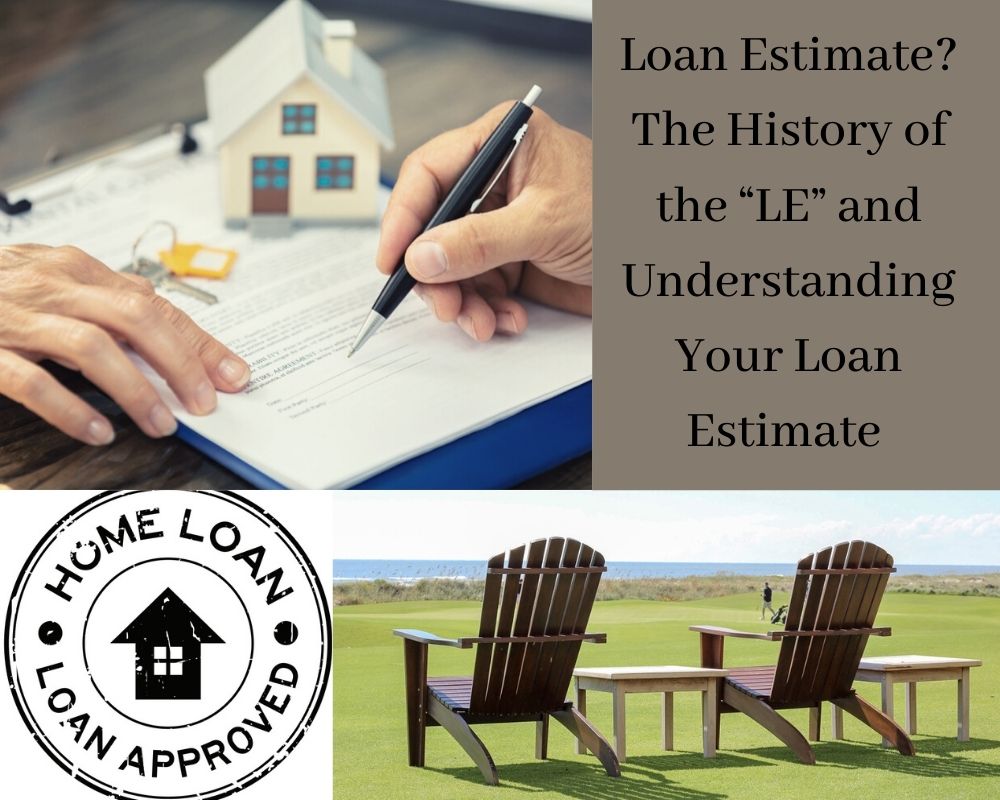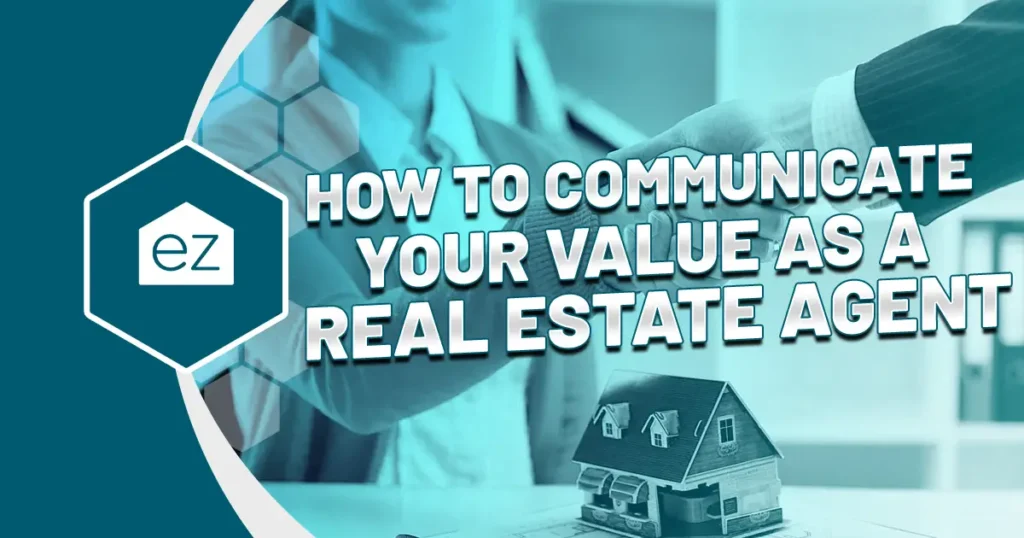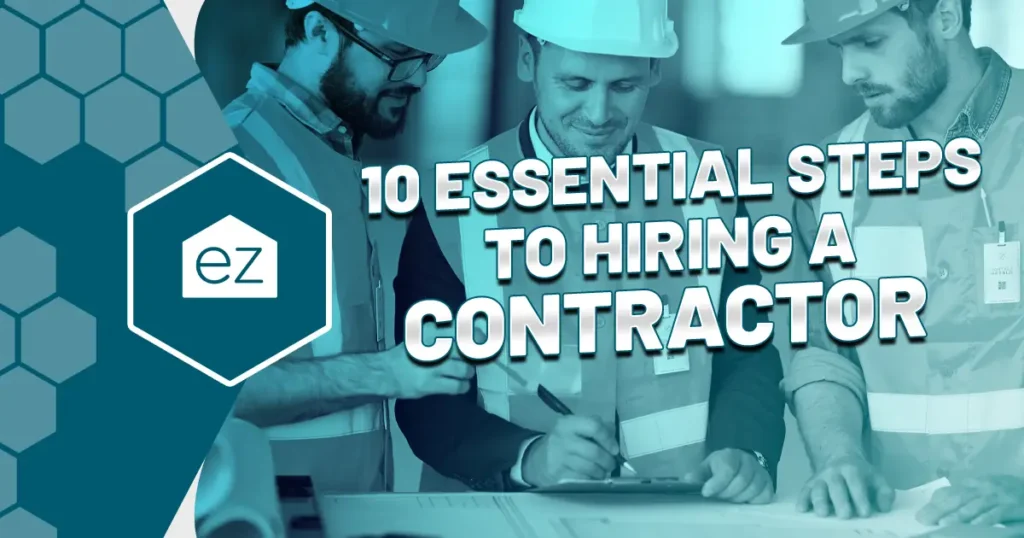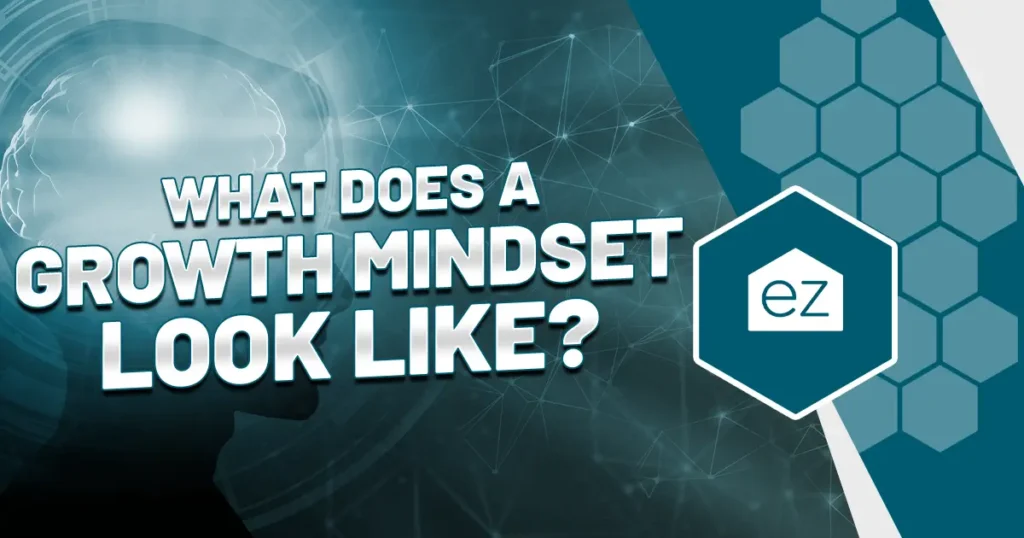Loan Estimate? The History of the “LE” and Understanding Your Loan Estimate

Loan Estimate? The History of the “LE” and Understanding Your Loan Estimate
For most people, paying in cash isn’t an option when it comes to buying their home, which means you’ll need to secure a mortgage. However, simply getting a mortgage isn’t enough; you also need to understand your loan estimate. In this article, we explore everything you need to know about the loan estimate. We cover topics such as how to evaluate it, which includes the interest rate, and the offers and terms of the mortgage to ensure that you’ve got the best deal.
So What Exactly is a Loan Estimate?
When you request a mortgage loan, you will be provided with a standard, three-page document by the lender. This is called a loan estimate, and it will contain information regarding your mortgage and provide you with a breakdown of things like your monthly payment, interest, and closing costs.
While these are official documents, the information inside are all estimates, which means that they aren’t final and can still change over time. However, these documents can help you to make the decision on which loan you can commit to. It’s also best to ask for multiple loan estimates from various lenders to give yourself options, then choose the one that’s best for you.
History of the Loan Estimate
Known as a “Good Faith Estimate” until 2015, the form was updated to be much easier to read and more useful. Today, this document is known as a loan estimate and tells you everything you need to know regarding your future mortgage which includes details such as:
- Term length
- Interest rate
- Monthly payment
- Closing costs
- Escrow details
Every loan estimate is formatted in the same way, which makes it easy to compare all your loan options. However, before you can get a loan estimate, you’ll need to provide your lender with six kinds of personal information:
- Name
- Income
- Social Security number
- The address of the property
- The property’s value
- The total amount you wish to borrow
When you’ve provided these details, your lender will need to send you a loan estimate in three days. Just keep in mind that getting a loan estimate doesn’t automatically approve you for a loan; it’s simply an estimate of the lender’s offer based on the information you gave them. Once it’s given, a loan estimate is valid for 10 days.
As long as there aren’t big changes in your financial situation or application, your lender will need to honor the estimate once you start to secure the loan in the time that was given. Furthermore, different mortgage companies will place different branding on their loan estimates; however, only one form is used and is provided by the CFPB.
How Do You Read Loan Estimates?
No matter whether you’re refinancing or purchasing a home, your loan estimate is an essential document, so you will need to understand the information contained within. Here, we’ll provide you with a thorough breakdown of what you can expect to see from each page of the document.
Page One of the Loan Estimate
Here, we’ll provide an example of what a loan estimate would look like; you’ll see that the most vital pieces of information in the estimate are listed first. At the top of the first page, you’ll see all your details such as contact information and the address of the property you wish to refinance or purchase. You’ll also find out about the terms of the loan, the type of loan you’re applying for, as well as the purpose of the loan.
It will also tell you details like whether or not the rate is adjustable or fixed, and if it’s a conventional or FHA loan. You’ll also be able to tell if your rate is locked through a checkbox — this is important since an adjustable-rate can create changes that may impact the costs of the loan significantly.
Terms of the Loan
The next section is about loan terms, which won’t have a big change from the time you get a loan estimate until the time when you get a Closing Disclosure. In this section, you’ll find the following:
- Interest rate
- Loan amount
- Prepayment penalty
- Monthly principal and interest
- Balloon payment
Next to many of these items, you’ll see figures along with an indication of whether or not it will change. In most cases, your loan amount won’t change unless you need to ask for a special kind of loan. The interest rate may also change if you’re asking for an adjustable-rate mortgage. In cases like this, you’ll be provided with further information regarding projected payments and more tables that contain details included in the loan estimate.
Another thing included in this part is whether there are any prepayment penalties along with your loan. If there are, you’ll be able to find the terms of that penalty laid out here. Lastly, this section will show you if you need to make a balloon payment — one large payment that you need to make for the principal when the loan term ends.
Your Projected Payments
Here, you’ll see both your projected and interest payments as well as added costs for mortgage insurance, if you have any. It’s best to keep in mind that many mortgage companies will need you to get an escrow account. This is especially true if you gave a downpayment of less than 20% on your purchase. Furthermore, this section will list out your initial monthly escrow payments.
Costs At Closing
This section covers the breakdown of costs when it comes to getting your loan along with the amount of money you need to bring at closing. There’s also a more detailed list of these items on the second page.
Page Two of the Loan Estimate
Loan Costs
You should be able to find the section on the total costs of getting your loan on the left side of this page. The first part of this section will talk about the costs regarding the actual loan — application and underwriting fees, origination charges, and points you might be paying to lower your interest rate. The next section should detail any incidental items that are needed to get a mortgage. These are defined as services that you can and can’t legally shop for; an example of this is how you can pick your title insurance provider but aren’t able to shop for the cheapest appraisal.
Other Costs
On the right side of this page, you’ll see costs that are outside of the actual lending costs which are items such as property transfer taxes and deed recording fees. You’ll also find a section on items you’re prepaying which include property taxes, homeowners insurance, and prepaid interest if you have any. Other things that fall under this category are mortgage insurance premiums.
Next, you’ll see a section on the initial payments you’ll need to put into your escrow account, so your lender can get funds to use as payment for you. Furthermore, there will also be a section named “Other,” which may have other optional costs. Finally, total closing costs are provided to you by adding the loan costs with any other costs. The lender’s credits are then subtracted.
Cash To Close Calculations
This is the last section on page two, where you will see your total closing costs are added to the down payment. Your earnest money deposit will then be subtracted, while any grant you may have received and credits (if any) that the seller agrees to pay will lead you to the total closing costs. Again, remember that this number is only an estimate, and actual numbers may depend on how much you need to present to the closing table.
Page Three of the Loan Estimate
The last page of your loan estimate will contain general details about the loan and will include the name of your lender, the loan officer working with you, along with their contact information and details on your mortgage broker, should you have one. You’ll also see where you need to sign at the bottom of the page.
Loan Comparisons
Here, you’ll be able to check the cost of your loan compared to those of others. You’ll also be provided with a section on how much money you will have paid in five years, along with the amount of principal you would’ve paid off. Moreover, you’ll also be provided the annual percentage rate: an expression of your loan’s interest rate with the closing costs also factored in. Lastly, you’ll see a percentage of your loan amount — the amount of interest that you would’ve paid on your loan if you decide to pay it off by the end of the loan’s original term.
Other Things to Consider
Here, lenders will typically disclose any policy they have that may change your decision apart from considerations made financially. This can include the following:
- Whether the loan can be assumed by someone else
- Appraisal policies
- How much a late payment charge will be
Finally, this section will include the lender’s policies on whether they will service the loan which refers to whether or not they intend to collect monthly payments from you. It will also discuss if your lender will help you if you have difficulties with payments, or if they prefer to sell your loan’s servicing rights.
Start Your Home Search
Preston Guyton
Share this Post
Related Articles
Real Estate Tips
How to Communicate Your Value As A Real Estate Agent
Real Estate Tips
10 Essential Steps to Hiring a Contractor
Real Estate Tips
Why Perfection Squashes Your Real Estate Businesses
Real Estate Tips





